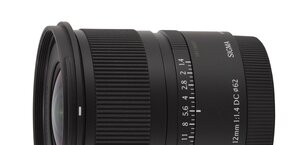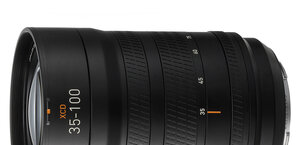Canon EF-S 10-18 mm f/4.5-5.6 IS STM
5. Chromatic and spherical aberration
With such short focal lengths and an average aperture speed we didn’t expect any problems connected to the longitudinal chromatic aberration and we were right. The photo below shows clearly there are no such problems whatever.
 |
Please Support UsIf you enjoy our reviews and articles, and you want us to continue our work please, support our website by donating through PayPal. The funds are going to be used for paying our editorial team, renting servers, and equipping our testing studio; only that way we will be able to continue providing you interesting content for free. |
- - - - - - - - - - - - - - - - - - - - - - - - - - - - - - - - - - - - - - - - - - - - - - - -
The lateral chromatic aberration is another story. The results we got at particular focal lengths are presented on the graph, below.

Once again you see a quite even performance at all focal lengths with the biggest aberration level at the maximum relative aperture. It amounts to 0.13-0.14% and it means it is on a borderline between high and medium levels. On stopping down the aberration level decreases to medium.
The results are a bit worse than the results of the EF-S 10–22 mm model which, at 10 mm focal length, was similar but the bigger lengths fared a bit better. Still the differences aren’t big – in our opinion they would be difficult to spot in real life photos.
 |
Spherical aberration
The lens didn’t have any „focus shift” effect so we think it corrects the spherical aberration quite well. Because of the significant depth of field, connected to the parameters of the tested lens, we didn’t manage to get light circles in front of and behind the focus big enough to test it properly.






